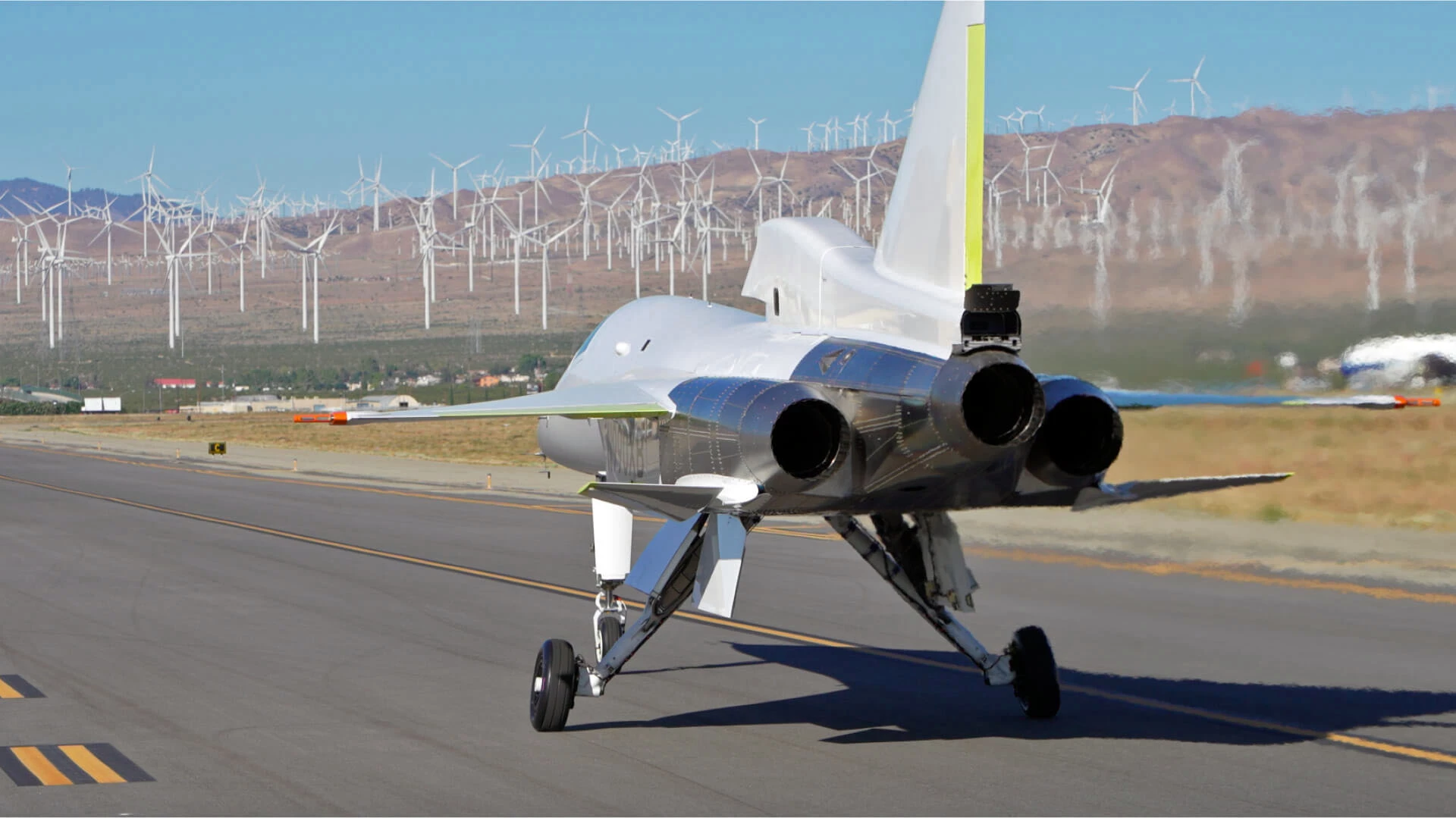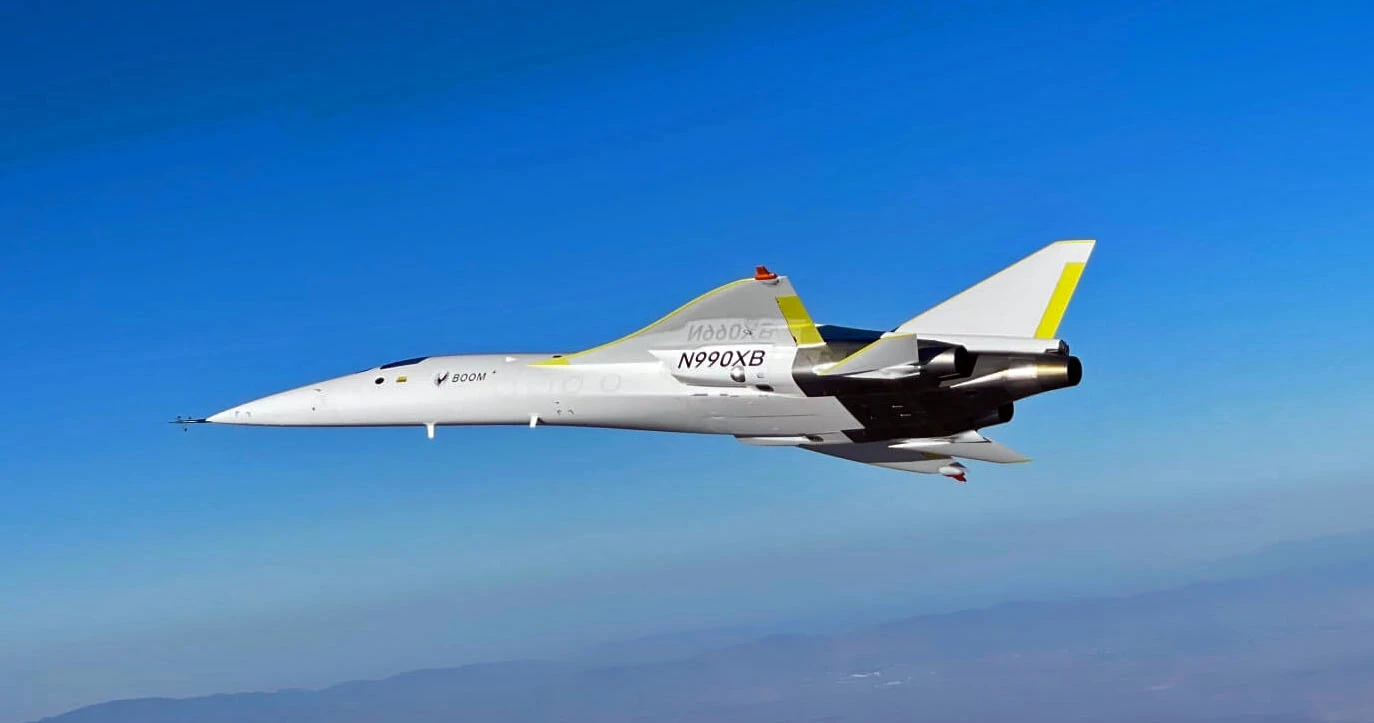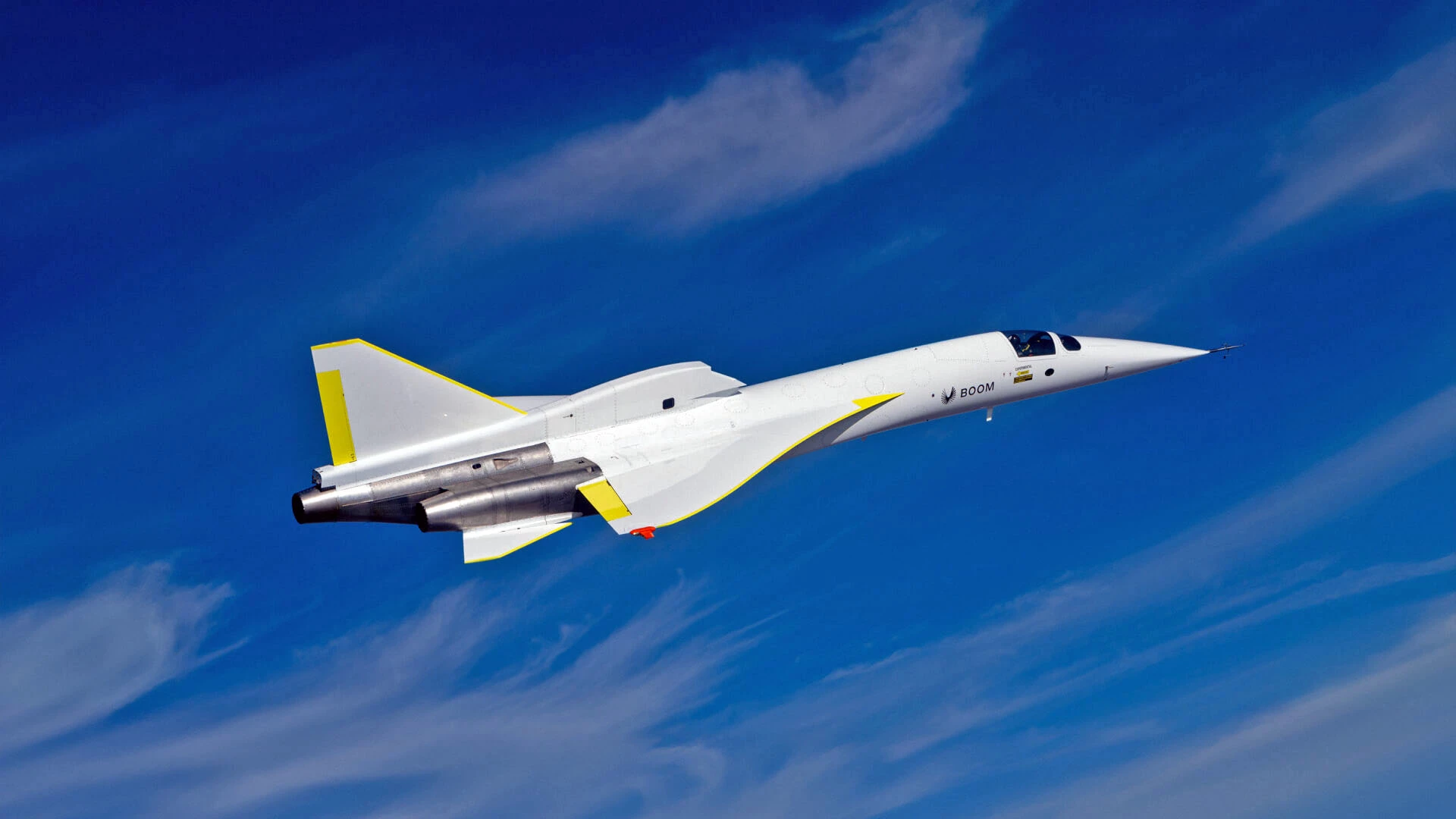Boom's XB-1 supersonic jet took its fifth test flight out of Mojave Air & Space Port on Oct 7th, 2024 setting a few new records in the process. The XB-1 is the one-third-scale platform that Boom is using as the foundation for its eventual Overture aircraft that aims to bring back commercialized supersonic passenger flight.
It's been over 20 years since the Concorde took its last flight. It went supersonic in 1969, able to fly at Mach 2 (about 1,354 mph / 2,180 km/h). Though it could fly passengers from New York to London in under three hours (compared to the typical seven to eight-hour journey), it had two major issues: first, the Concorde was very thirsty. It would burn 5,638 gallons (25,629 L) of fuel per hour at that speed. Secondly, it was very noisy. The sonic booms it would create caused issues when it would fly over land and subsequently, supersonic travel over populated areas was restricted. Oh, and it was really expensive to book a flight in. We're talking US$12,000 for a luxury round trip.
As a result, the Concorde – an icon of commercial travel and aviation history – was taken out of service on October 24th, 2003, relegating commercial supersonic travel to the annals of history.
Colorado-based Boom Supersonic is looking to change all that.
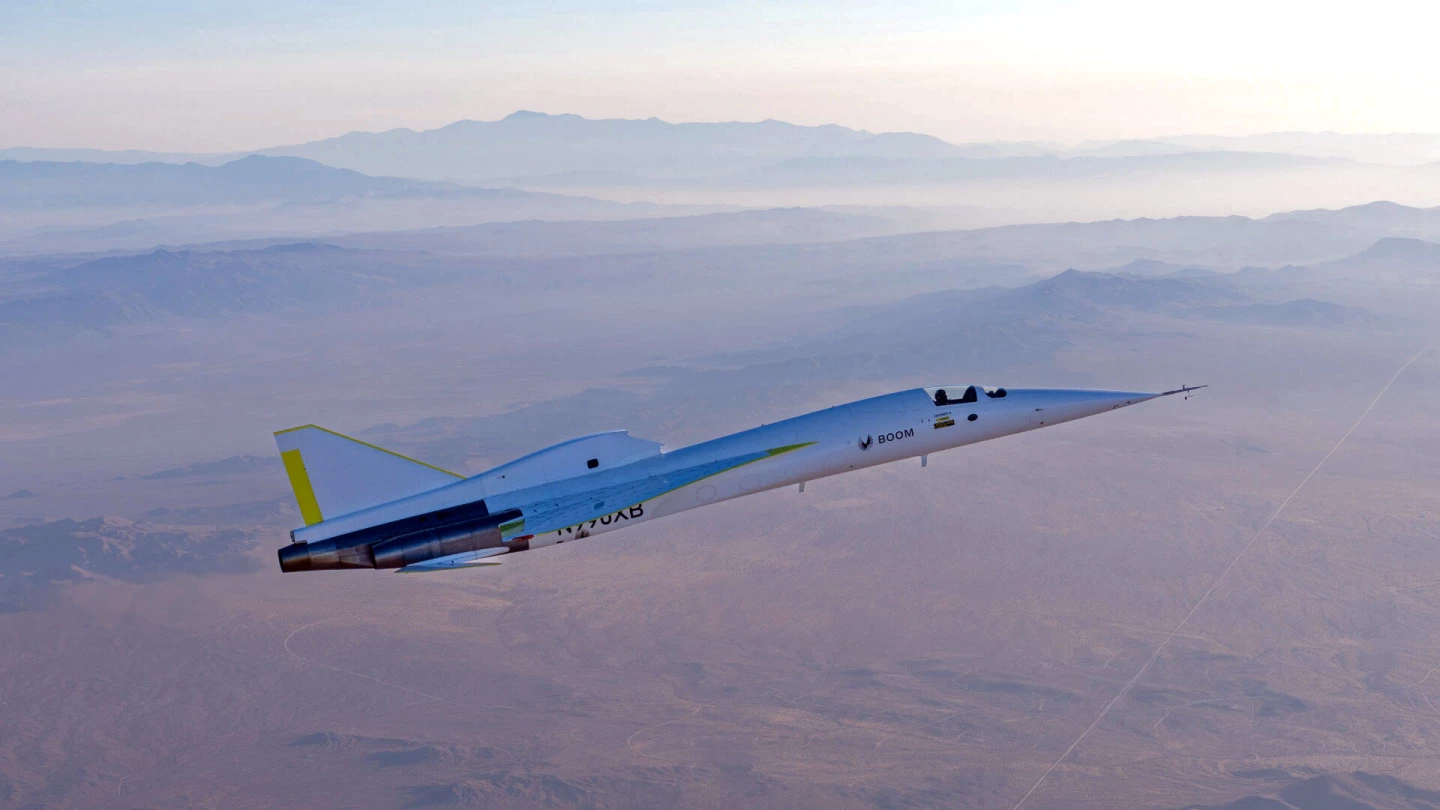
In March of this year, the world's first privately developed supersonic jet took flight for the very first time with pilot Bill "Doc" Shoemaker at the controls. This flight took place in what might be considered hallowed airspace, as the Mojave Air & Space Port in Mojave, California is also the location where the Bell X-1 first broke the sound barrier in 1947.
Skip forward to Oct 7th, 2024 for flight test five, and Chief Test Pilot Tristan “Geppetto” Brandenburg set a record for the XB-1 shod with GE J85-15 turbojet engines, taking it up to 17,800 ft (5,425 m) and as fast as Mach 0.69 (428 knots / 492 mph / 791 km/h, true airspeed) over its 50-minute-long test flight, marking the highest and the fastest it's flown so far.

Boom tested its flutter excitation system (FES) at Mach 0.6 ... which must be unnerving for a test pilot. The FES is a system that deliberately induces vibrations into an aircraft's airframe to help engineers find potential structural issues, particularly at higher speeds. They do this so structural issues (that could cause flutter) don't rear their ugly head mid-flight.
Boom has been slowly ramping up the XB-1's speed and altitude rather than just taking a go-for-it approach – as you'd expect with an actual test pilot at the controls. The company expects five more flights before it's ready to break the sound barrier.
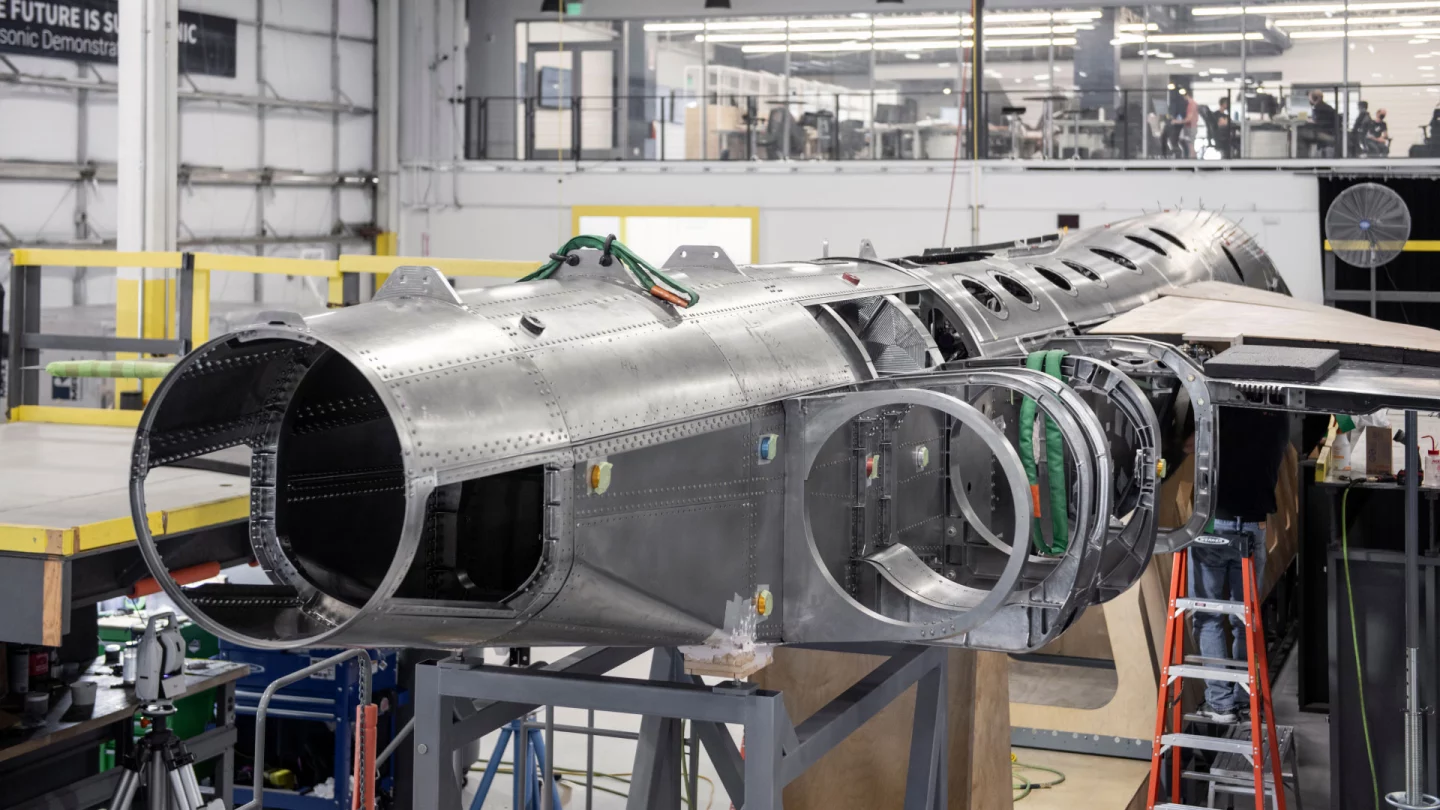
The XB-1 is the test platform for the Boom Overture; a supersonic commercial airliner that will be able to carry between 64 and 80 passengers at Mach 1.7 (about 1,300 mph / 2,200 km/h). It will have a range of 4,250 nautical miles (4,891 miles / 7,869 km).
While Overture will primarily operate over water, it has been designed with noise reduction in mind to minimize sonic booms as well as comply with the latest environmental standards. Its in-house-designed turbojet engine called Symphony can operate at both high and low speeds and will run on 100% sustainable aviation fuel (SAF).
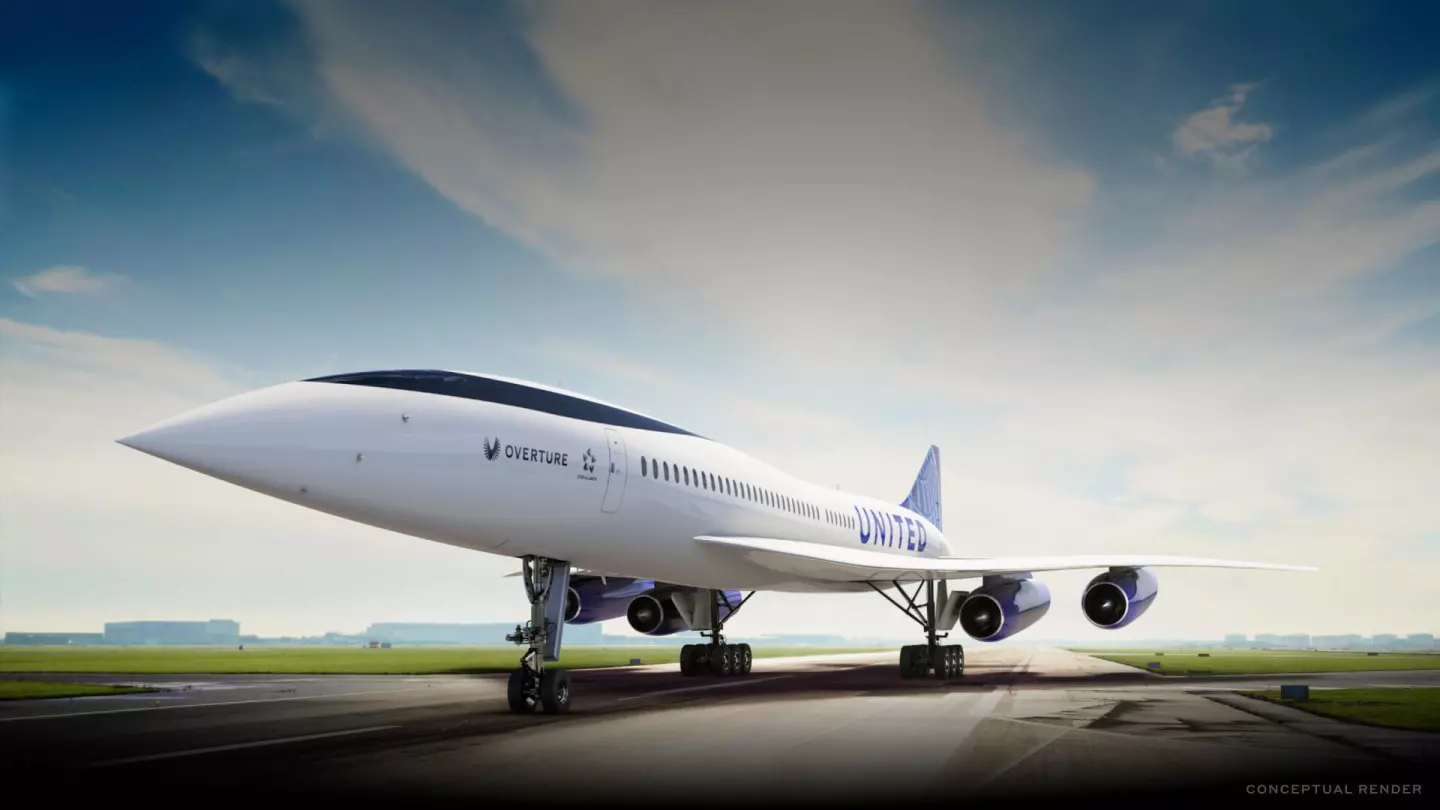
Lower speeds means the Overture can function over land without sonic booms and will be able to land on the same runways typical commercial aircraft like the Boeing 737 or Airbus A380 use, not needing the nearly 10,000-ft (3,048-m) landing strips that the Concorde required.
Boom Supersonic will begin manufacturing the Overture in 2025, with test flights in 2027 and commercialization in 2029 if all runs to plan. United Airlines, among others, are already interested in the aircraft.
Source: Boom Supersonic



